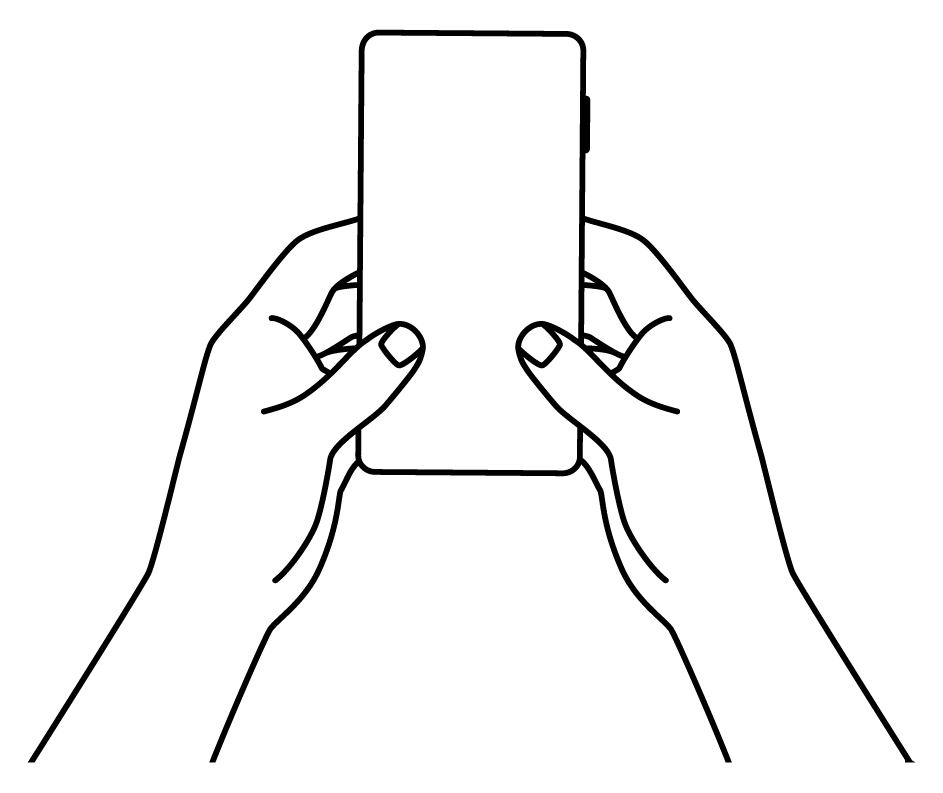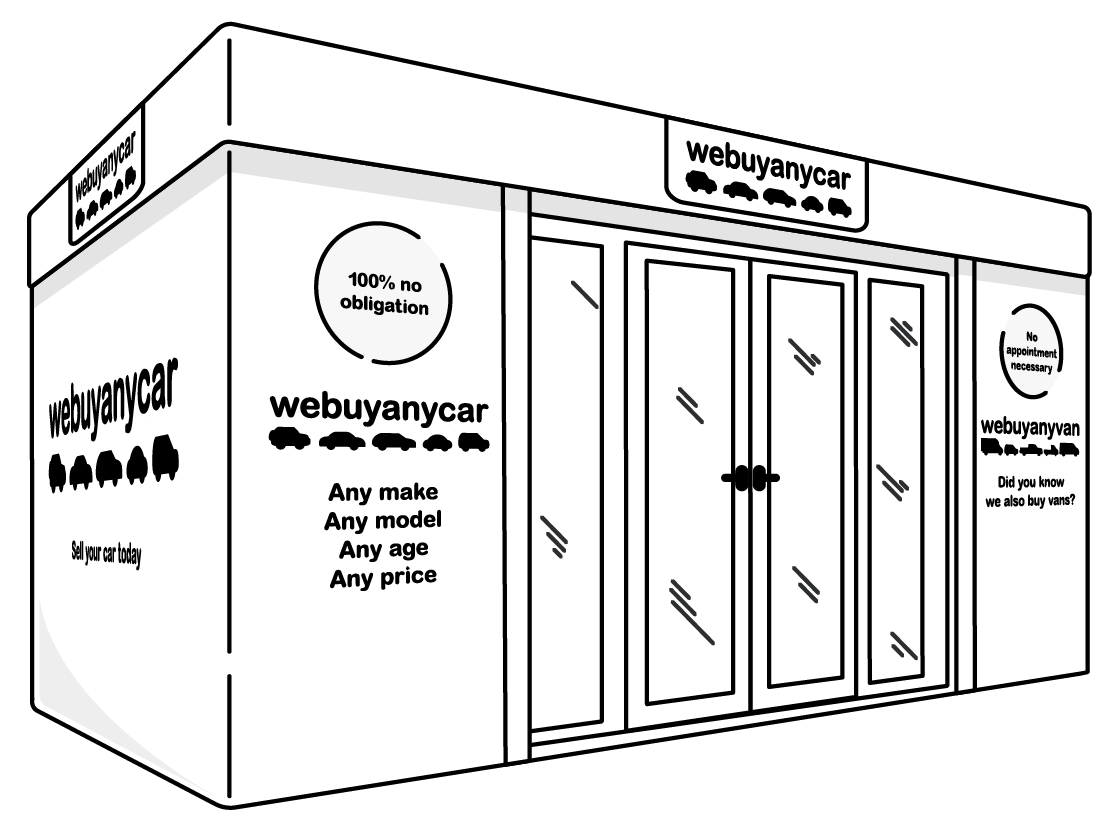There are numerous ways to sell your car, such as selling to a dealership or a scrapyard. When deciding which option is right for you, you should think about what you hope to achieve through the sale.
If making a profit sits high on your priority list, selling your car on the private market could be a wise choice. However, it’s important to mention that whilst the rewards can be greater, selling privately can take longer than other methods – and isn’t without its pitfalls.
In this article, we’ll guide you through the process of selling your car privately and highlight the risks to avoid. We’ll also share some expert tips to help you get the most out of your sale.
Quick links:
-
Quick links:
- Car valuation
|
- Prepare for resale
|
- Advertising your car
|
- Dealing with car buyers
|
- Documents
|
- Taking payment
|
- Final steps
Get a free valuation
Step 1 – How to determine your car’s value
Before listing your car for sale on the private market, it’s important to find out what it’s worth. Simply guessing your car’s value won’t suffice. You might end up listing it for too much – or even significantly below its market value.
Knowing your motor’s value will enable you to set a realistic asking price - and help you determine what is (and isn’t) a reasonable offer.
You can find out your car’s value in under 30 seconds using our free car valuation tool. Here are a few tips for getting an accurate quote with our valuation tool:
-
Enter your reg plate to get started.
-
Provide as much detail about the car’s condition as you can.
-
Report the vehicle’s history.
-
State whether the car has previously been written off (as this can significantly affect its market value).

Step 2 – Preparing your car for resale
To prepare your car for resale:
-
Address any minor imperfections such as dents or scratches.
-
Deep clean the interior and exterior of the vehicle.
-
Take your car for a full valet if necessary.
-
If your last MOT was more than six months ago, book another one before selling your car. This will reassure prospective buyers that the car is in good working order.
-
Make sure you have the documents you need to sell your car such as your V5C logbook and service record book. If any key documents are missing, replace them to maximise your car’s resale value.
-
Replace any lost car keys. Having both sets should make it easier to sell your car.
Selling a car with outstanding finance
If your car is subject to a finance agreement, you’ll need to settle any outstanding finance before listing your car for sale.
It’s illegal to sell a financed car without notifying your lender and settling the balance. If you’re determined to sell a financed vehicle, prepare to pay off your outstanding finance first.
Step 3 – Advertising your car
Choosing the right platforms to advertise your car can make a big difference when it comes to attracting prospective buyers.
A quick online search will reveal a huge variety of car advertising websites such as Auto Trader, Gumtree, eBay Motors and Facebook Marketplace.
Traditional offline car advertising methods such as listing in print newspapers and magazines, placing notices in shops and community buildings – and even sticking a ‘for sale’ sign on the car itself can also be very effective.
When writing a listing or advertisement for your car, include the following information:
-
Key details about the car, including its mileage, engine size, fuel type and service history.
-
The asking price and your contact information.
-
Details of any optional extras such as equipment upgrades.
-
High-quality photographs clearly showing the interior and exterior of the vehicle.
-
An honest, detailed description of the car. You’ll need to declare any faults and whether it has been written off.
-
MOT status – and the date when the last MOT was carried out.

Step 4 – Communicating with potential buyers
Once your advertisement has had time to gain traction, you should hopefully start receiving enquiries from potential buyers.
Selling your car privately always carries an element of risk, so make sure you manage communications with potential buyers carefully.
How to avoid scams and time-wasters
If you want to sell your car safely, you’ll need to know how to spot red flags from potential scammers, fraudsters and time-wasters:
-
Always check potential buyers’ profiles. A brand-new or incomplete profile with no identifying information could belong to a scammer.
-
Never give your address to a potential buyer online.
-
Never give your credit card details to a potential buyer. If taking payment by bank transfer, you’ll only ever need to provide your name, account number and sort code.
-
Always chat with any potential buyers before arranging a meeting to establish trust.
Remember, if something about a buyer seems suspicious, trust your instincts and shut the conversation down. It’s better to spend a little longer finding a buyer for your car than to risk being scammed.
Arranging viewings and test drives: Safety precautions and insurance considerations
Most potential buyers will want to inspect and test drive your vehicle before making a decision. This is a perfectly reasonable request. However, you should still exercise caution to ensure you can facilitate viewings and test drives safely:
-
Ask the buyer to meet you somewhere familiar. Never meet at your home address.
-
Asking a friend or family member to accompany you can help ensure each viewing/test drive runs smoothly.
-
Before letting a buyer test drive a car, make sure that they have a valid UK driving licence - and are covered to test drive the vehicle by their insurance.
-
If they don’t have a valid driving licence and/or insurance, you can offer to demonstrate the car yourself.
-
Always supervise potential buyers on a test drive to avoid becoming a victim of car theft.
Negotiation tactics: Setting expectations and dealing with offers
If you’re selling your car privately, it’s likely that you’ll have to do a little haggling. Whilst sellers choose the private market in the hope that they’ll get the best price for their car, many buyers opt for the private route because there’s more scope for negotiation than at a dealership.
Here are a few pointers to help you negotiate with buyers successfully:
-
Always set a reasonable initial asking price. Use our free car valuation tool to determine your motor’s value in under 30 seconds.
-
Decide on the lowest amount you’re prepared to accept from a buyer and stick to it. When haggling never reveal your lowest price to the buyer.
-
Make sure the description and photos included in any advertisements accurately reflect your vehicle. If they don’t, prospective buyers may walk away – or expect you to drastically drop the price.
-
Create a sense of urgency by informing the buyer that you have viewings booked with other sellers.
-
It’s fine to drop the price if the buyer identifies legitimate issues, but if it’s feels like they’re trying to trick you to get a cheaper deal, back out of the sale.

Step 5 – Documentation when selling your car
When selling your car, you should have the following documentation:
-
V5C logbook
-
Full service history
-
MOT certificates
-
Owner’s manual
-
Car warranty documents
-
Proof of purchase
Of all the documents highlighted above, the V5C logbook is the most important, as it plays a crucial role in the process of transferring car ownership.
Whilst you can technically sell your car without a V5C logbook, its value and saleability will be greatly reduced. Potential buyers may also be suspicious that the vehicle has been stolen. Therefore, we would recommend ordering a replacement logbook via the DVLA website – or by submitting a V62 form to the DVLA.
Step 6 – Taking payment
Make sure that you take payment by a safe and secure method. Here are some of the most popular payment methods:
-
Bank transfer: This is the safest and most secure payment method you can accept when selling your car.
-
Cash: Always exercise caution when accepting cash, as this payment method is very easy for fraudsters to exploit by using counterfeit notes, or due to the lack of a paper trail. If accepting payment by cash, arrange to meet the buyer at the bank and ask the teller to count and verify the notes.
-
Cheque: We’d advise against accepting a cheque as payment for your car. You may be given a void cheque, or the buyer may write a cheque from an account with insufficient funds, causing it to bounce. If you must accept a cheque, make sure it has cleared before completing the sale.
Never transfer ownership or hand over the keys until you’ve received payment.

Step 7 – Final steps
Once you’re satisfied that the buyer has paid for the vehicle in full, there are just a few loose ends to tie up, including notifying the DVLA that you’ve sold your car:
-
Make sure you have issued a private car sale receipt to the buyer. There are many free receipt templates available online that you can download and print.
-
Ideally, this should be printed and signed by both you and the buyer before they take the car, but this can be done afterwards if necessary.
-
It is your obligation to tell the DVLA when you’ve sold, transferred or bought a vehicle. You can transfer ownership of your vehicle online via the gov.uk website.
-
Once you have cancelled your car tax, you will automatically receive a car tax refund for any full months’ outstanding cover by cheque or Direct Debit (depending on your payment preferences).
Other tips for selling your car privately
Whilst selling your car privately can be financially rewarding, this is one of the more challenging selling avenues. However, by following the tips highlighted above, you should hopefully be able to navigate the private car selling process smoothly.
Here are a few important points to remember when selling privately:
-
Selling privately can take longer than other methods. So, don’t be disheartened if it takes you a couple of weeks or even months to sell your vehicle.
-
If it seems too good to be true, it probably is. Always be on your guard and watch out for potential scammers when dealing with online enquiries.
-
Transparency is important throughout the selling process. Be honest with potential buyers about the quality and appearance of your vehicle, just as you would expect them to be honest with you.
Looking for a low-fuss alternative? Sell your car to webuyanycar!
If you’ve decided that selling your motor privately is more hassle than it’s worth, there’s a simpler solution.
You can sell your car quickly and conveniently with webuyanycar. There’s no need to spend your time meeting car dealers and punters – and you can rest easy, safe in the knowledge that you’ve got a guaranteed sale.
Here’s how it works:
-
Enter your reg number into our free car valuation tool.
-
Book an appointment at any of our 500+ UK branches.
-
Drive to your appointment.
Happy to sell? Happy days. We’ll help out with the paperwork and send the money to your bank.



